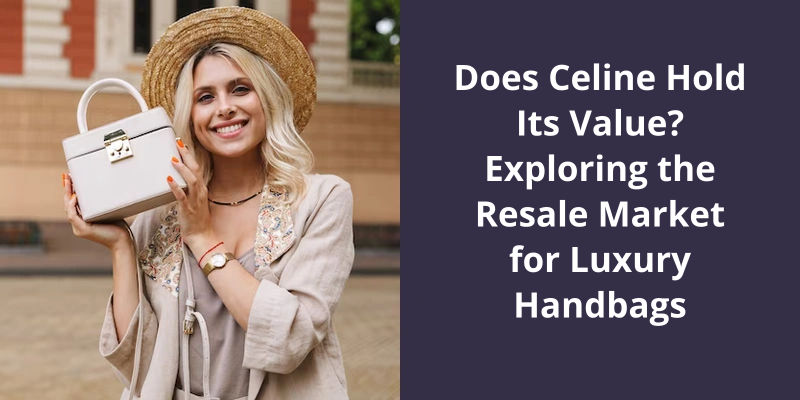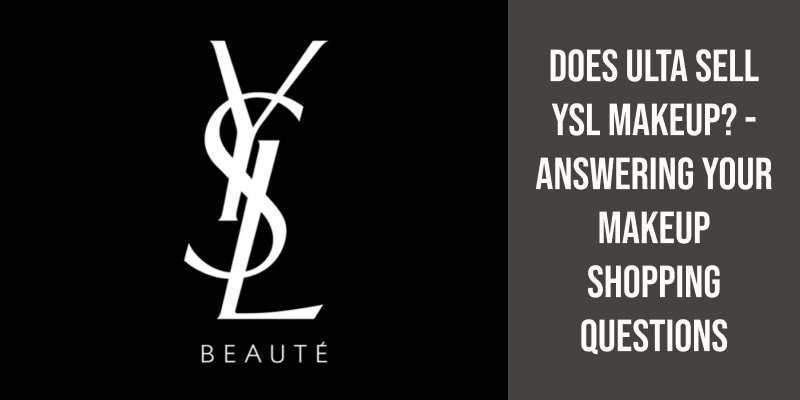Celine bags generally hold their value well due to their high quality, timeless designs and strong brand name. The resale market for these bags is quite robust, and a well-maintained Celine bag can often fetch a high resale price. However, the exact amount you can get back can vary greatly depending on a variety of factors, such as the bag’s condition, age, and rarity. Despite this, if you buy a Celine bag and take good care of it, there’s a good chance it can retain much of its original value when you decide to sell it.

What Are the Strengths of Celine?
Celines association with the Parisian culture automatically adds a level of sophistication and elegance to their brand, making them stand out among their competitors. Furthermore, Celines commitment to using high-quality materials in their products is also a major strength. The brand values their craftsmanship and ensures that every product not only looks good, but also feels good, thereby enhancing the overall customer experience.
Celines unique aesthetic vision is another strong point. The brands clear understanding of simplicity and minimalism has helped them establish a distinctive style that’s remained relevant over the years. The brand always prioritizes simplicity over extravagance, which has helped them resonate with a wide range of audiences.
Last but not least, Celines exceptional customer service has helped them earn a loyal fanbase. They prioritize their customers needs and strive to provide a personalized experience for each customer. Whether in-store or online, Celines expert staff is always ready to assist customers with any questions or concerns they may have, thereby making the brand more approachable and accessible for their target audience.
Celine’s History and Evolution as a Brand
Celine is a luxury fashion brand that’s evolved throughout the years. It was established in Paris in 1945 as a made-to-measure shoe business before transitioning into luxury ready-to-wear in the 1960s under the direction of designer Celine Vipiana. In 1997, Michael Kors took over as creative director and brought a more youthful and modern aesthetic to the brand. In 2008, Phoebe Philo became creative director and redefined the brand with her minimalist and sophisticated designs. Today, under the direction of Hedi Slimane, Celine continues to evolve with a focus on a rock ‘n’ roll infused aesthetic.
Céline is a brand that’s been revered for it’s unique and elegant fashion sense, blending sophistication with minimalism. Since it’s acquisition by LVMH in 1996, the brand has grown in popularity and has become a symbol of luxury and understated style. It’s creative direction under Phoebe Philo has cemented it’s position as a fashion authority, which is evident in it’s offerings, from clothing to accessories. In this article, we’ll delve deeper into the characteristics that make Céline what it’s today.
What Are the Characteristics of Celine Brand?
One of the most notable characteristics of the Céline brand is it’s focus on classic silhouettes and timeless designs. With a commitment to enduring quality and a minimalistic aesthetic, Céline pieces are often sought after for their versatility and durability. The brand is known for it’s luxurious but subtle approach to fashion, with an emphasis on subtle details and attention to material.
Source: Celine (brand)
While Celine is certainly a major player in the luxury fashion industry, they aren’t impervious to challenges that could threaten their success. From competition with other well-known brands to the potential devaluation of their products due to counterfeiting, Celine must stay vigilant in order to maintain their position at the forefront of the fashion world.
What Are the Weaknesses of Celine Brand?
In addition to the competition and counterfeit products, Celine also faces some weaknesses in terms of their marketing and branding strategies. Their advertising campaigns aren’t as aggressive as some of the other luxury brands and they often rely on word of mouth to spread awareness about their products. This can limit their reach and appeal to potential customers.
Additionally, Celine has struggled with supply chain and production issues which have affected their ability to meet customer demand. This has led to long wait times for some of their popular products and a decrease in customer loyalty.
They’ll need to continue to innovate and adapt to changes in the industry in order to stay competitive and maintain their position as a leader in the fashion industry.
While designer bags are often seen as a luxury item, they can also serve as an investment that holds and even appreciates in value over time. This is especially true for iconic brands such as Celine, which has earned a reputation for creating timeless styles that are coveted by fashion lovers worldwide. So, do Celine bags go up in value? The short answer is yes, but the reasons why might surprise you.
Do Celine Bags Go Up in Value?
Many factors contribute to a designer bags increase in value over time, including rarity, quality, and the brands overall popularity. In Celines case, the brand has become increasingly sought after over the past decade due to it’s minimalist, modern approach to luxury fashion. Celine bags have become a favorite among fashion influencers and celebrities, further boosting their reputation as a valuable investment.
While there’s no guarantee that your investment will pay off, a well-chosen, well-maintained Celine bag is a timeless piece that will continue to hold it’s worth in the fashion world.
For example, the appointment of Phoebe Philo as creative director in 2008 marked a turning point for the company, as she introduced the minimalist aesthetic that’s now synonymous with the brand. Celines decision to change it’s logo and branding in 2018 also caused a stir among fashion fans and collectors.
However, as with any investment, it’s important to do your research, make informed decisions, and take care of your designer handbag to ensure that it holds it’s value for years to come.
Celine, the French luxury fashion brand, has been making waves in the United States as of late. With a recent survey revealing that nearly 27% of those who knew the brand had heard about it in the media, on social media, or through advertisements in the past three months, it’s clear that Celine is gaining popularity among fashion enthusiasts in the U.S. But what’s it about this iconic brand that’s setting it apart? Let’s take a closer look.
Is Celine Brand Popular?
The French luxury brand Celine, founded in 1945, has been making waves in the fashion industry for decades. With over 150 boutiques worldwide and a high-profile clientele, including celebrities like Beyoncé and Angelina Jolie, Celine has cemented itself as a luxury brand to be reckoned with.
As of September 2022, data showed that about 16% of luxury fashion users in the United States had heard about Celine in some form of media over the past few months. While this may seem like a relatively small percentage, it’s important to note that of those who were familiar with the brand, 59% knew about it.
One factor that’s contributed to Celines popularity is it’s creative director, Hedi Slimane. Slimane, who joined the brand in 2018, has been praised for his bold and innovative vision, which has revitalized the brand and made it more appealing to a younger demographic. In recent years, Celine has also made a concerted effort to expand it’s presence on social media and in digital advertising, which has helped to raise it’s profile among consumers.
In addition to it’s fashion collections, Celine has also made a name for itself in other areas of luxury, including fragrances and accessories. The brands handbags, in particular, have become highly coveted among fashion-conscious consumers, and it’s classic designs have stood the test of time.
Overall, it’s clear that Celine is a brand on the rise, with a growing presence in the United States and around the world.
The History and Evolution of the Celine Brand, From It’s Founding to It’s Current State
Celine is a well-known fashion brand that was founded in 1945 by Céline Vipiana. Over the years, the brand underwent many changes in ownership and creative direction until it was acquired by LVMH in 1996. Since then, the brand has been led by notable designers like Phoebe Philo and Hedi Slimane, each bringing their own aesthetic and vision to the brand. Today, Celine is known for it’s minimalist designs and sleek aesthetic, making it a sought-after luxury brand around the world.
Conclusion
It’s simple yet chic designs have established a timeless aesthetic that can withstand the passage of trends and fashion seasons.





